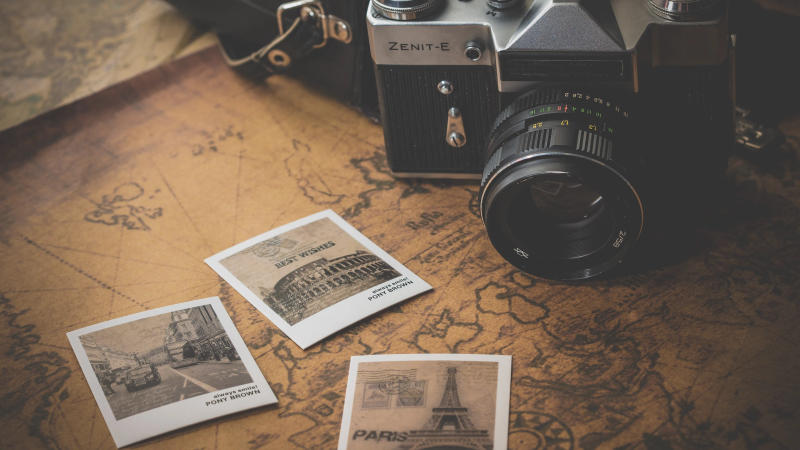Published 16:25 IST, January 1st 2024
The art of photography: Know about the history of capturing memories and moments
Photographs have enabled us to treasure and keep our memories safely in our camera rolls and phone storage. What is the history of this fascinating art?

The art of photography | Image:
Unsplash
- Listen to this article
- 3 min read
Advertisement
16:15 IST, January 1st 2024
